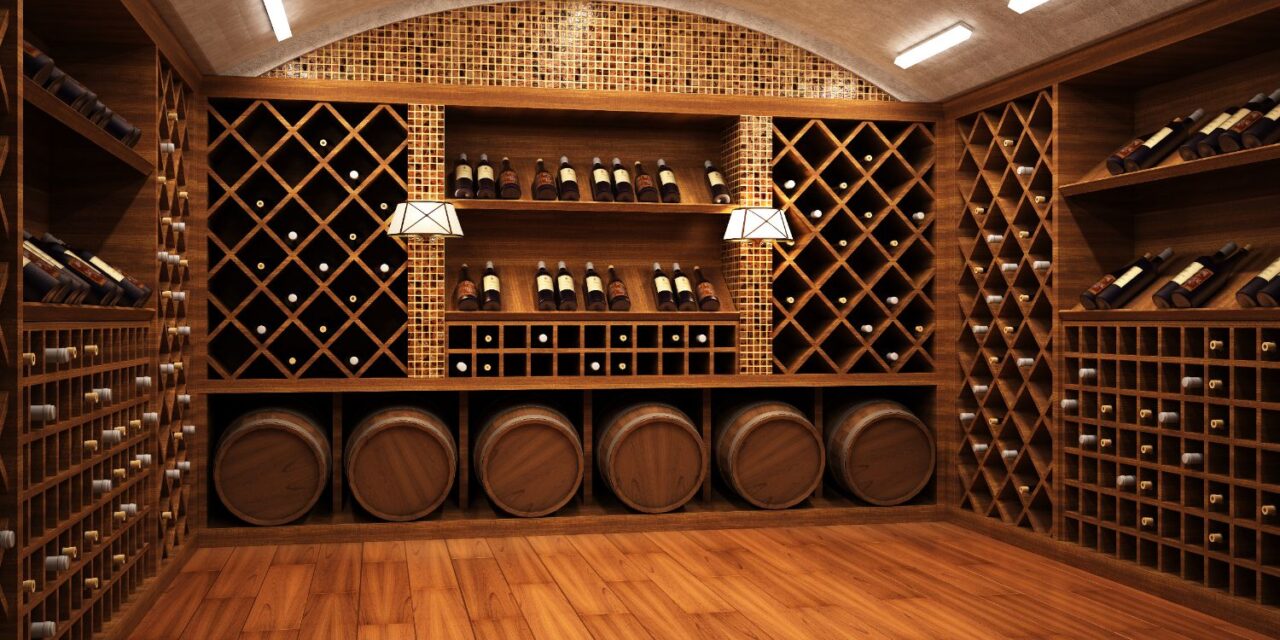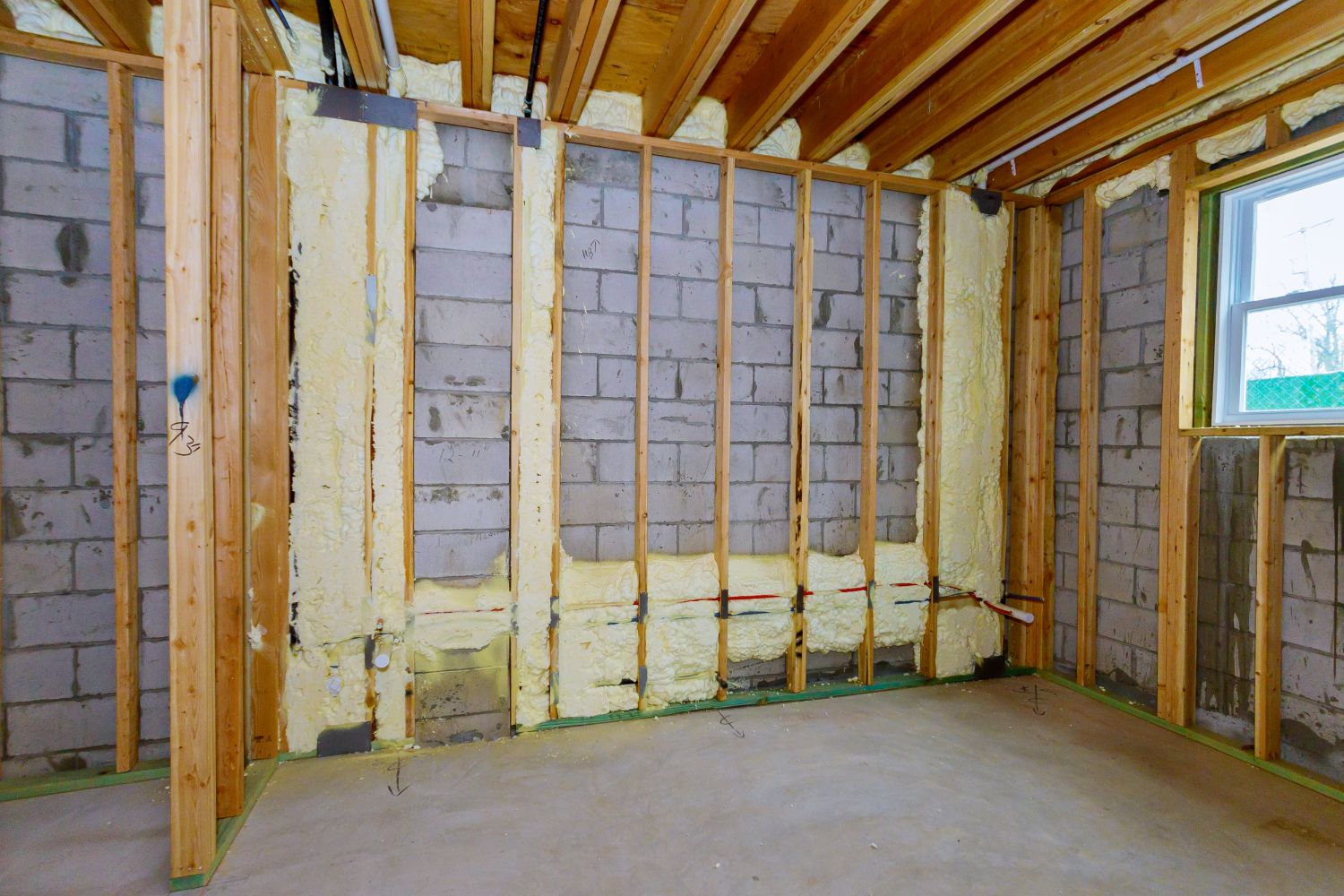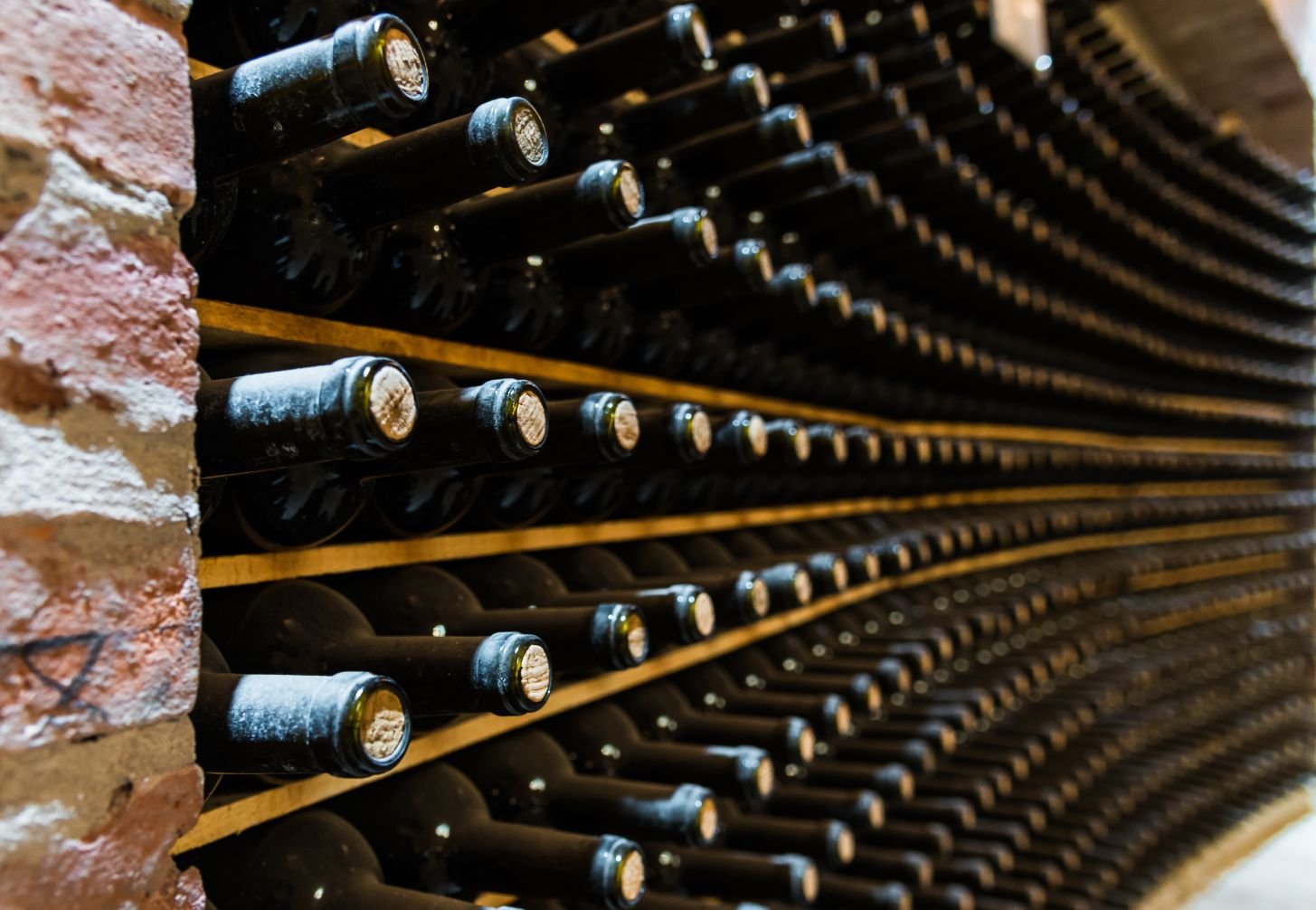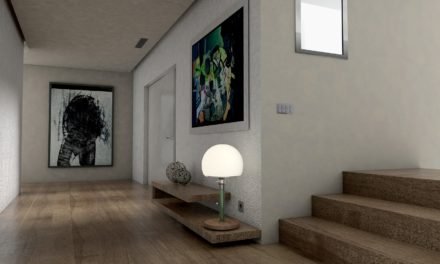
A 6-Step Guide For Building A DIY Wine Cellar

DIY wine cellars are an excellent option for affordably storing a wine collection. Generally, they follow the way traditional wine cellars are built. They’re constructed in a climate-controlled environment intended for a different set of wines. In many cases, these wine larders are crafted in dirt or stone flooring. In recent types, they’re in bricks or similar construction types.
Today, many wine cellars have custom-fit cooling systems ideal for keeping wines for more than 5 years. They also have exquisitely designed racks and robust insulation, preventing heat exposure that may affect the wine’s quality. If you’re planning to build your wine cellar, here’s an article that could help you.
Components Of A Wine Cellar
Before you learn about the steps on how to make your cellar, you may need to know more about what makes up an ideal wine cellar. Visiting the sites of wine cellar products such as Winecellarhq.com and others could also provide more insights.
In connection with this, Winecellarhq.com has a great guide on making a wine cellar at home, including advice about insulation and the choice of cooling unit. Apart from it, you may need to know about the three critical components of a wine cellar, including:
-
Excellent Humidity
The racks should have around 70% humidity. Below this level, the corks are likely to dry off. When it happens, they would be brittle. When kept for a low time in a below-seventy mark, the corks will shrink. To save the humidity at 70%, you may need to install an efficient wine cellar cooling system. You may avoid putting up refrigerating units as they also increase the shrinkage or damage of the corks
-
Constant Temperature
With a reliable AC unit, you can maintain your desired temperature. You may also arrange the racks to provide more breathing space for each collection. In addition, temperature changes can either shrink or enlarge corks. Furthermore, they affect the wine’s taste over time.
-
Steady Air And Movement
To provide the best atmosphere for your wine collection, you may need to avoid air swings in the AC. Furthermore, you must mount every wine rack properly. This way, they won’t wobble or shake the bottles. As much as possible, keep the bottles in fixed places. The lesser the wine is moved, the better its quality and wine rating it could have.
Steps In Building A DIY Wine Cellar
After considering the components to have a dependable wine cellar, you may now start with making the following steps necessary to come up with a durable space for your wine collection:
-
Choose An Appropriate Space
The space you’ll use for your wine cellar should be free from leaks. It should also have no holes where air could come in and out. If there are cracks or holes where air could enter freely, the room temperature could change drastically and affect the needed humidity.
To address the holes and leaks, you may need to patch them with a concrete sealant. In addition to that, you should ensure the floor and ceiling are insulated. As much as possible, install an R-19 industry-grade type of insulation in the walls, floors, and ceiling.
If the floors are made of wood, cover them with concrete tiles or their variants. Wooden floors are porous, so moisture may seep into them. With concrete replacement, the aging process of the wine would be continuous and hassle-free.
-
Install A Moisture Barrier
To make the insulation even better, you could insert plastic sheets on the outer sides of the wall and ceilings. This way, moisture and mold growth are prevented. Avoid installing the sheets on the interior side as it’d keep the humidity and invite the growth of molds instead of preventing them from breeding.
-
Put On Furring Application
Furring strips are materials, such as wood or carton strips, used to raise spaces for insulation purposes. Like insulation, it also prevents moisture, much like an extra layer of defense against dampness. For better results, you could nail a ¼ size of AC plywood to cover the strips. If there are cracks in these spaces, you could apply a generous amount of spray foam evenly.
-
Install A Fitting Cellar Door
Whether you choose a glass panel or a wooden door, you may consider its built-in insulation. In addition, it should have weather-stripping qualities and moisture resistance. Generally, the door needs to be at least 2-inch thick. If you’re going for glass doors, you may prefer double-paned types to ensure threshold and resistance to dampness.
-
Apply A Wall Finish
Applying water-based stains or paint will add strength to the insulating properties of the wine cellar. For that purpose, you may use paint with waterproofing qualities to seep into the cracks that the earlier spray forms missed. Apart from that, the paint would add an extra coating to any wall cover that’s previously applied.
-
Choose A Wine Rack
There’s a long line of wine racks you could choose from. To have an idea of what to install in your wine cellar, here are some of the common types of wine racks:
- Hanging Wine Rack
This type maximizes space. It could be mounted on walls or installed like shelves opposite each other. Either way, they are ideal for safekeeping as they prevent rolling out of each holder.
- Reclaimed Wood Rack
Generally, this type is made from old barn wood, such as windows and doors. Many artisans prefer this type as they could make custom designs, such as wine barrels and cabinets. In addition, wooden racks are known to be of durability and insulation.
- Wine Jails
This may combine glasses, stainless steel, and wood. This places the wine bottles horizontally and could hold more than a hundred bottles. Several homeowners like this type because it’s easy to clean and maintain.
Wrapping Up
Wine cellars are the best storage space if you’re planning to keep wine for aging. For that purpose, you may refer to the insights in this guide to help you build an efficient and high-quality cellar. In considering a DIY wine cellar building, you may need to choose appropriate materials to improve the room’s insulation, wine quality, and safe storage.
For more ideas, you could watch video tutorials about DIY wine cellar installations. You may also look into online forums for sommeliers and wine enthusiasts. You may also visit your friends who’ve recently installed their cellar and see for yourself what worked and what didn’t. Above all, choose the type that’d suit your needs right now.







































